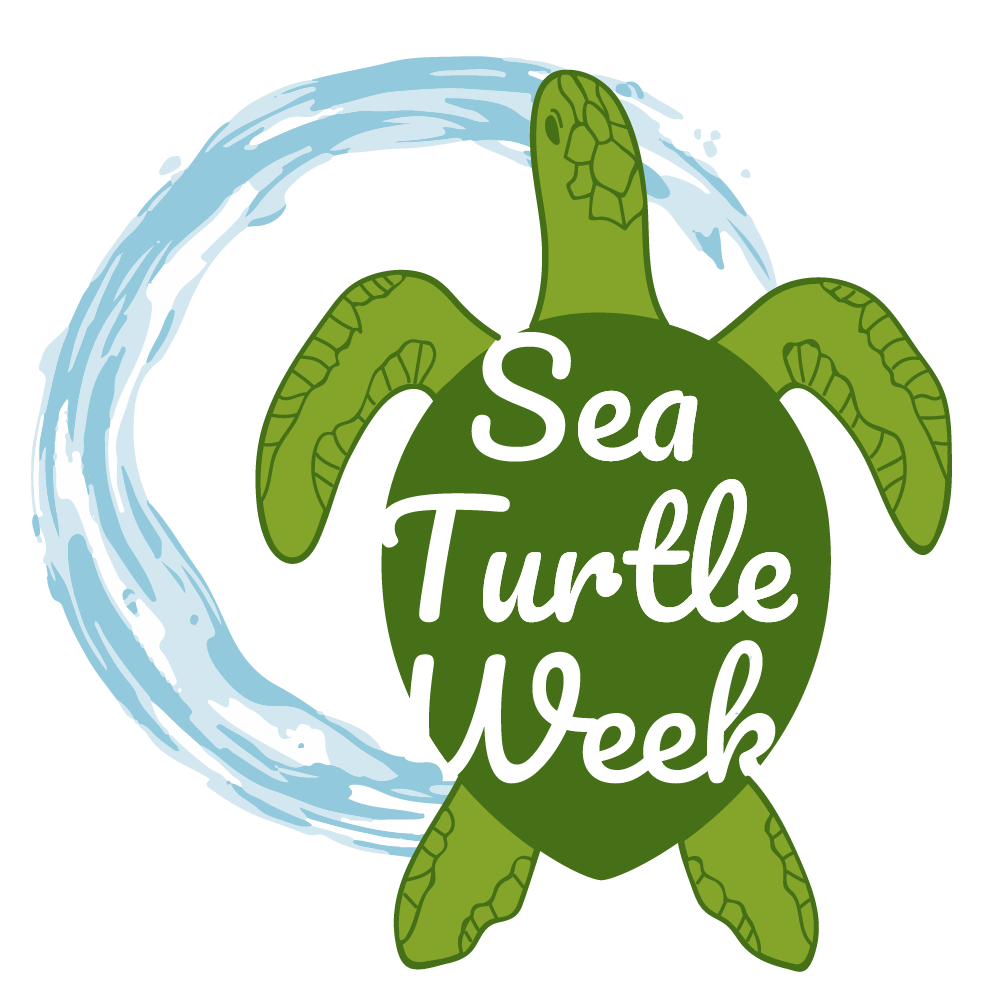June 15th-leatherback Sea Turtle Day
Scientific Name: Dermochelys coriacea
Size: 4-8 feet (1.2 - 2.4 meters)
Weight: 500-2,000 pounds (225 - 900 kg)
Diet: Mainly jellyfish; sometimes squid, fish, crustaceans, algae, floating seaweed
IUCN Status: Vulnerable, with subpopulations that are listed as Endangered and Critically Endangered
FUN FACT
The leatherback is the oldest of all sea turtle species. They have been around for more than 150 million years! They even survived the extinction of the dinosaurs and thrived until the last several decades when human threats began impacting their numbers.
BEHAVIOR
Leatherbacks are highly migratory, some swimming over 10,000 miles a year between nesting and foraging grounds. They spend most of their lives in the ocean, but nest on beaches as females. They are strong swimmers and can dive to depths of approximately 4,000 feet—deeper than any other turtle and most marine mammals—and can stay down for up to 85 minutes.
Leatherbacks lack the hard crushing jaws characteristic of other sea turtles. Instead, they have pointed tooth-like cusps and sharp-edged jaws that are perfect for a diet of soft-bodied open ocean prey such as jellyfish and salps. A leatherback's mouth and throat also have backward-pointing spines that help retain gelatinous prey (jellyfish).
LIFESPAN
Leatherback turtles grow faster than hard-shelled turtles. Scientists are uncertain when they reach sexual maturity. Some estimate they reach maturity between 9 and 20 years of age. Similarly, little is known about their life expectancy, but they are likely long-lived, reaching ages of 45 to 50 years, or more.
REPRODUCTION
Female leatherbacks nest at night on tropical and subtropical beaches. They will typically nest every 2 to 4 years and each female will nest several times during a single nesting season, typically at 8 to 12 day intervals.
Leatherbacks will dig a large body pit to lay their eggs in deep egg chambers/nests. Each nest will contain approximately 100 eggs. Eggs will incubate for roughly two months before leatherback hatchlings will emerge from the nest.
DISTRIBUTION
Leatherbacks have the widest distribution of all sea turtle species. They are found throughout the Pacific, Atlantic, and Indian Oceans. In the Pacific, their range extends as far north as Alaska and south beyond the southernmost tip of New Zealand. In the Atlantic, they can be found as far north as Norway and the Arctic Circle and south to the tip of Africa. They are mainly pelagic (open ocean) wanderers but migrate to tropical and subtropical coastal regions to mate and nest.
World map providing approximate representation of the leatherback turtle's range - NOAA Fisheries
MAJOR THREATS
The Pacific population has declined by over 90% in the last two decades due primarily to entanglement in commercial fishing gear, particularly longlines and gill nets. Leatherback eggs are also consumed in many parts of the world. These ancient creatures are also vulnerable to ingestion of floating marine debris like discarded plastics. Plastic bags and balloons resemble their favorite prey, jellyfish, and when ingested may block their digestive tract, preventing them from eating.
VIDEOS
Banner Photo: Neil Osborne


